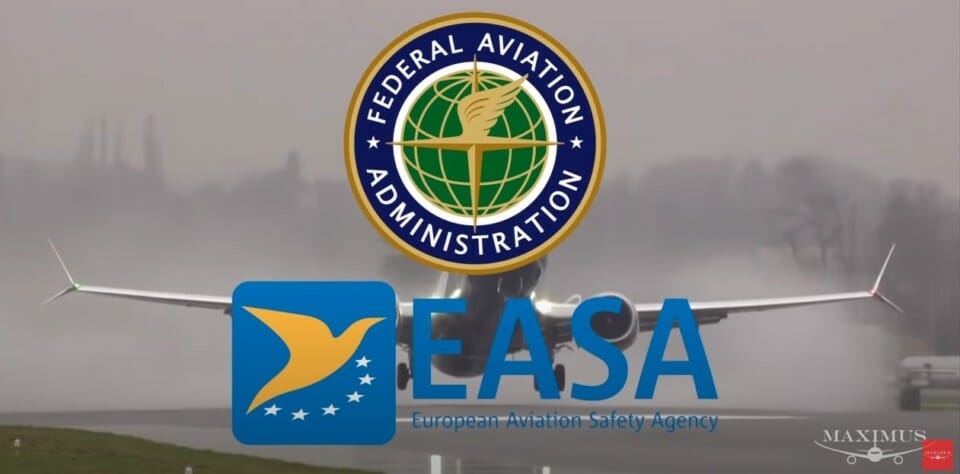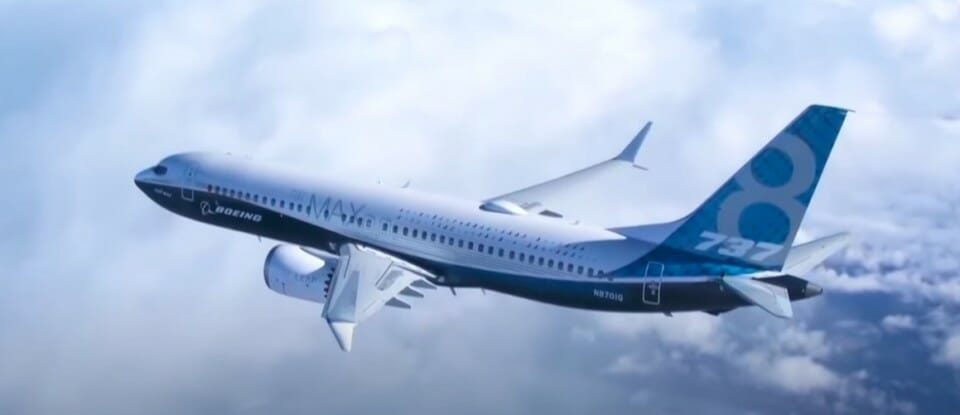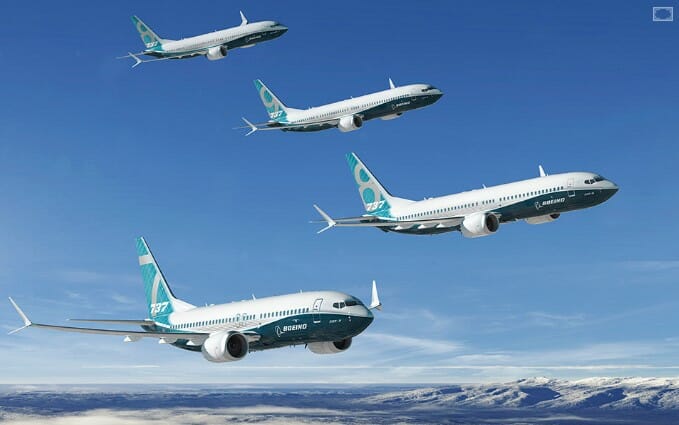Yesterday, the FAA took another step forward in the recertification process of the Boeing 737 MAX. The announcement by the FAA says that it will soon publish design changes to the 737 MAX flight control system along with pilot training requirements. I have been following the 737 MAX and have written several posts of the problems and fixes for this aircraft. You can read a summary of the 737 MAX issues here.
A Brief Look At The Problems
The worldwide fleet of 737 MAX aircraft has been grounded for the past 15 months due to two fatal crashes. When Boeing designed the 737 MAX, they created an automated flight control system called Maneuvering Characteristics Augmentation System (MCAS). Briefly stated, the 737 MAX does not share the same control and handling characteristics of the previous 737 generations:
- Original 737 – series 100 and 200,
- Classic 737 – series 300, 400, 500, 600 and
- Next generation 737 – series 700, 800 and 900.
I explained the reason for the handling characteristics problems and solutions in these previous posts – part 1 and part 2.
The main issue came down to aircraft type-rating and pilot training. Pilot training is expensive and it requires airlines to take pilots offline to take required training. Boeing promised prospective 737 MAX customers that the new aircraft would not require a new FAA type-rating meaning that transitioning pilots would not have to undergo any formal training. In order to make that happen, Boeing developed MCAS to have the flight management computers make the 737 MAX deliver the handling characteristics similar to previous generations of the 737. MCAS failed in both design and execution to work as promised.
Why MCAS Failed
There were multiple problems with this flight automation system but the two major failures were:
- Angle-of-attack sensors and
- Multiple MCAS executions.
MCAS was designed to keep the aircraft from stalling due to flying at a high angle of attack. When MCAS sensed a possible stall, it would automatically pitch the nose down to regain control and avoid the stall.
Boeing installed two angle-of-attack (AOA) vanes (sensors) in the nose of the MAX. The purpose of the sensor is to send AOA data to the flight instrumentation and in turn to the flight management computer system. One problem is that MCAS only reads data from one of the two AOA vanes. If there was a malfunction in the reading of that AOA vane, MCAS would receive faulty data. MCAS should have read data from both AOA vanes and checked for a difference between the two AOA vanes.
MCAS was designed to activate only once when it was invoked. After activation, MCAS was supposed to reset itself for the next occurrence of a high angle of attack situation. The problem that was discovered in the two fatal crashes is that MCAS did not reset itself. It kept executing over and over which left the pilots fighting against the MCAS system for control of the aircraft.
Can the 737 MAX fly without the MCAS system? The answer is yes but it would require a new FAA type-rating and therefore formal pilot training and type certification for the MAX series.
Recertification Of The 737 MAX
In order for an aircraft to be legal to fly, it has to have an airworthiness certificate from the governing body in which the aircraft will be flying in. The two major governing bodies are:
- The Federal Aviation Administration (FAA) in the United States and
- The European Aviation Safety Agency (EASA) in Europe.

The 737 MAX was originally certified for passenger revenue service around the world. Due to the fatal crashes, the MAX series was grounded and the series requires recertification to return to the air. This process started earlier this month with FAA test flights. The test flights have been completed and the next phase – Notice of Proposed Rulemaking (NPRM) begins. NPRM consists of several steps before an airworthiness certificate can be issued:
- A 45-day public commenting period,
- Details of extra pilot training requirements,
- A technical advisory board to review final change submission and
- A final airworthiness directive (AD) on requirements for airlines to fly the aircraft.
EASA is taking a harder line with Boeing. It looks very likely that EASA will also require Boeing to install a synthetic airspeed computation system that is present on the Boeing 787. Boeing could have designed the 737 MAX with synthetic airspeed computation by decided to forego installing it on the MAX.
After obtaining a new airworthiness certificate for the 737 MAX, the work has just begun. Boeing will have to upgrade all undelivered 737 MAX aircraft and the airlines will have to do the same for the aircraft already in their fleets. Pilots will be required to take simulator training employing the MCAS system. This will cost the airlines money and take pilots offline for up to two weeks for the required training. There are less than 40 MAX simulators installed worldwide so scheduling the required pilot training will be an issue.
Final Thoughts
The whole MCAS debacle was caused by Boeing shooting itself in the foot. The 737 series has been flying since 1967 making it the longest-serving aircraft type in frontline commercial airline service. The 737 may have been at the end of product life where Boeing would have designed a new aircraft to replace it. Boeing and the airlines would have been better off if Boeing had not tried to maintain current aircraft type-rating and just recertify the MAX as a new aircraft type.
Once the FAA issues a new airworthiness certificate, the airlines will need months to upgrade existing aircraft and send their pilots to simulator training.
Boeing has lost hundreds of 737 MAX orders due to a combination of the lengthy grounding compounded with the decrease in passenger traffic from Covid-19. This has become the “perfect storm” for Boeing.
More important, the MAX series will need to gain passenger acceptance and confidence. There is no Boeing plan on how to get passengers to trust the aircraft.




